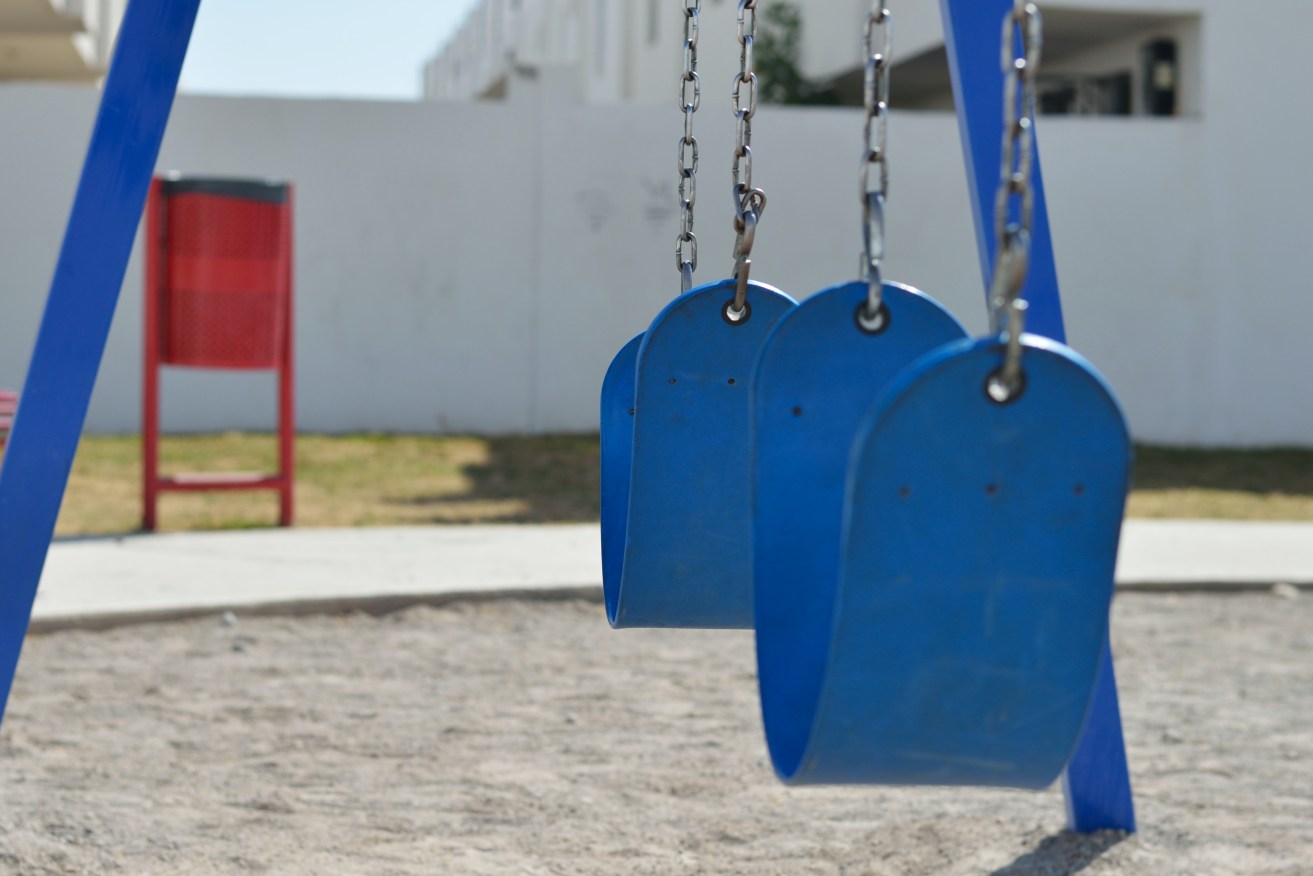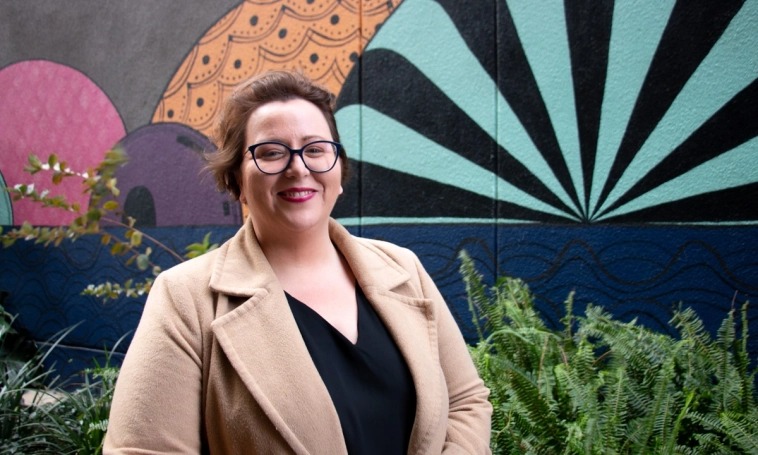Child protection system should be ‘tipped upside-down’
South Australia’s child protection system may not be broken but it wasn’t built correctly, the new Guardian for Children says, as analysis by her office shows the state spends less than the national average on services to prevent children from entering care.

Photo: Pexels
Speaking to InDaily one month after her appointment to the key watchdog role, Guardian for Children and Young People Shona Reid said the government needed to pay more attention to the views of children when making decisions about their care.
“People keep talking saying the system is broken. I hear that all the time,” she said.
“I don’t necessarily think it’s broken – I just don’t think it was built in the right way.
“It’s designed very much around what the legislation feels need to happen, it’s designed around how the workforce interacts in that space, it’s designed around adult-made policies.
“I almost feel like tipping it upside-down and redesigning it around the kids, redesigning it around those that we’re actually here to service and maybe that might make a difference.”
It comes after parliament last week tabled a report by Reid’s office which analysed Report on Government Services data to show how the state government divvied up its child protection spending in 2020-21.
The report found South Australia spent 30.2 per cent less than the national average on “protective intervention”, which includes receiving and assessing child abuse and neglect allegations, and referring families to support services to prevent their children from being taken into care.
It also found South Australia spent 29.8 per cent less than the national average on intensive family support services, which aim to prevent family separations and reunite children with their biological parents where separation has occurred.
The spending was calculated based on real expenditure per child aged 0-17 in the population.
The state’s child protection system has been the focus of sustained criticism over recent months following the recent deaths of six-year-old Charlie Nowland and seven-year-old Makai Wanganeen. Police say the children’s families were known to the Child Protection Department.
Police are investigating whether criminal neglect was involved in the children’s deaths, while former Police Commissioner Mal Hyde is conducting a separate government-commissioned inquiry to determine to what extent government agencies had contact with the children’s families.
Reid, whose office is mandated to advocate for children already in care, said she was conscious of the impact of the ongoing public and political debate following the children’s deaths.
“Children in care are right in the middle of a political and public debate at the moment and I hear a lot of that going on from everyone else’s perspective, but there’s little commentary around what kids think,” she said.
“It’s not lost on me that the kids haven’t had the chance to have a conversation about this and I look forward to the time when we can give them an opportunity to voice what they want without us filtering it.”

Guardian for Children and Young People Shona Reid. Photo: Angela Skujins/CityMag
Meanwhile, the report by Reid’s office found South Australia continued to have the highest reliance on residential care in the country.
Residential care is when children are cared for by rostered child protection staff.
It is is considered more expensive and less desirable than foster or kinship care, where children are looked after in a family setting.
According to the report, 15 per cent of South Australian children in care lived in residential care last financial year, compared to the national average of 7.3 per cent.
Previous child protection inquiries such as Margaret Nyland’s 2016 Royal Commission, Robyn Layton’s 2003 review and Ted Mullighan’s 2004 report have considered the state government’s reliance on residential care.
Reid, who previously worked for the Child Protection Department, said she was involved in all three inquiries.
“All three I had some level of contribution to and yet we haven’t seemed to land on that magic formula around how to make it right,” she said.
“We might never land on the magic formula because it’s such a tough area of our society to deal with.
“I don’t know if we’ve actually understood what it’s like from a kids’ perspective to travel through this space.
“In my tenure I’m hoping there’s an opportunity for me to be able to do that – to be able to bring out the kids’ line of sight on this.”
Child Protection Department deputy chief executive Fiona Ward said the department was continuing to work with non-government providers to increase the number of foster carers.
She said all states and territories were experiencing challenges in recruiting and retaining family-based carers, with those challenges compounded by the COVID-19 pandemic.
“Importantly, last year’s Report on Government Services showed that SA increased the number of family based placements by approximately five per cent compared with the previous year data,” she said.
“This was the highest percentage increase in the number of family based placements across all jurisdictions.
“We would encourage South Australians to consider whether they can open up their homes to children and young people in need.
“There is a strong need for carers who are able to provide a home for sibling groups, or a group of carers who live in close proximity who could ensure siblings remain connected.”
In South Australia, non-government organisations are responsible for recruiting and retaining foster carers, while kinship carers are predominantly supported by the Child Protection Department with three Aboriginal community-controlled organisations.
Latest data from the department shows on June 30, there were 4741 children in care – up from 4724 the month before.
Of those, 650 were in residential care – an increase of 12 from May.




